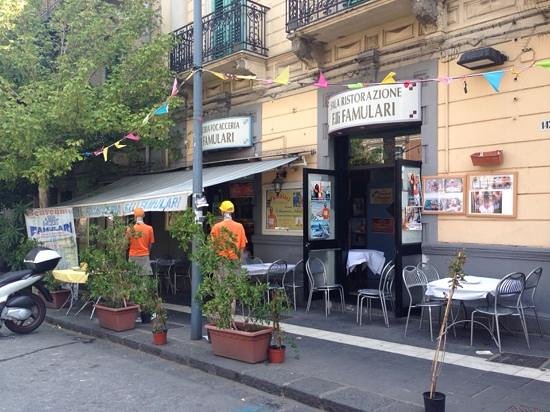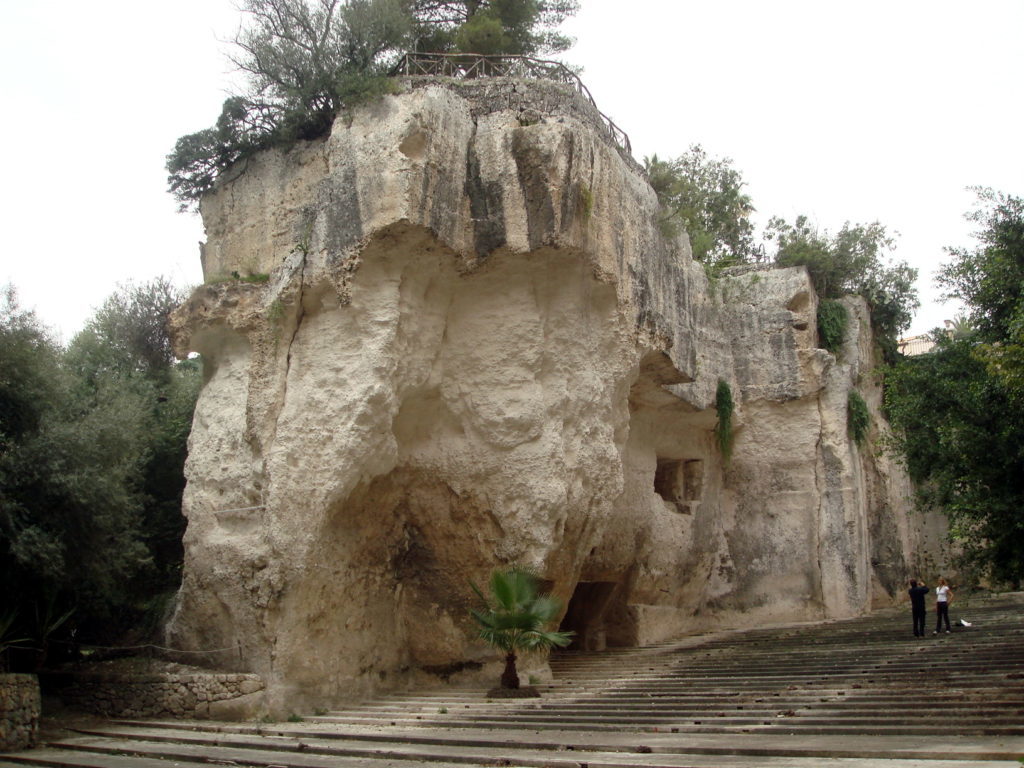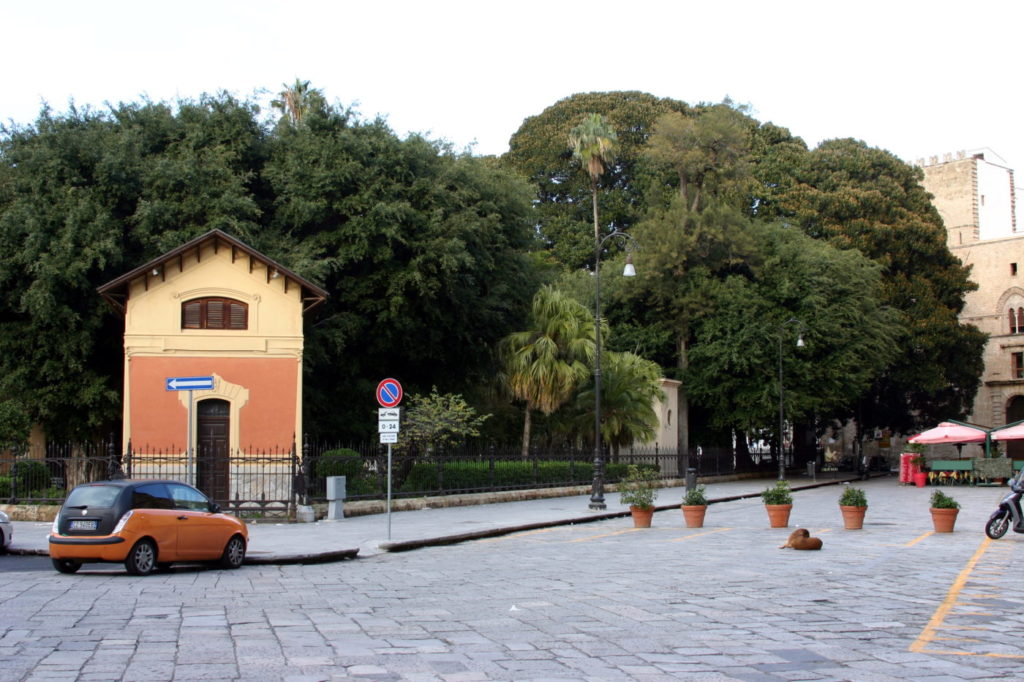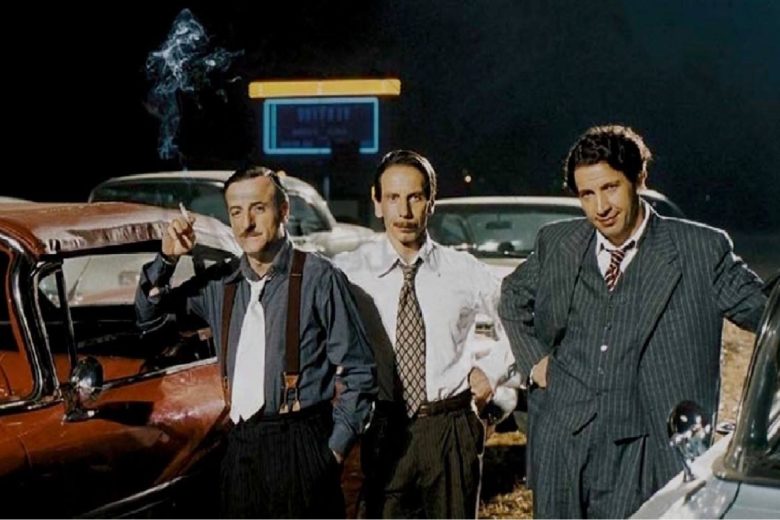When Sicily was philosophers’ favourite vacation spot
From Nietzsche’s residence in Messina, now a deli, by way of latomie (quarries) of Siracusa, which inspired Plato’s cave, to Freud’s Garden in Palermo: Sicily has always been a coveted destination for thinkers.
It’s time to go on vacation. School is over, A-levels are behind us, the heat is about to become unbearable, turning air conditioning into a necessity. With much to offer, like it’s coasts, Mount Etna and it’s dreamlike landscape, Sicily has been since ancient times up there with the most sought after locations to spend these hot summer days. It has the ability to move the soul, as well as soothing it, as was the case with Porphyrius, Plotinus’ student, who upon his suggestion took a trip to Sicily and choose not to end his life after all. This story must have made a deep impression on Leopardi and his Dialogue between Plotinus and Porphyrius: maybe a trip to Sicily could change his own life too?How did it change those of other philosophers’?
MESSINA. March 1882, Nietzsche writes to Koeselitz: «At the end of the month, I’m going to the edge of the world». It’s Match 31st, the philosopher has just landed at the once busy port of Messina. It’s been a tiresome journey: he needs to be carried on a stretcher after a sleepless night of migraine and seasickness. Nietzsche is 38 at the height of his intellectual prowess but weakened by his illness. Maybe he travels to get better, or maybe to finally understand why Goethe, after visiting Taormina, felt compelled to write: «Italy, without Sicily, doesn’t manage to leave a mark on the soul». He was so pleased by the beauty of the place and the warmth of the people that he came to believe this far away city could be a good match for him. Sirocco, however, soon made the climate unbearable and on 23rd April 1882 Nietzsche resolved to move his friend’s Paul Rée in Rome. About his stay in Messina only a few letters and Idylls from Messina remain. Today, in via Cesare Battisti, where the father of the Übermensch spent his nights, lies Fratelli Famulari’s deli: there is a thin line between philosophising with a hammer and with an arancino.

Messina, Fratelli Famulari’s deli
SIRACUSA. Book VII of Plato’s Republic opens with the image of the cave: reality or fiction? Of course, no indications of its location are given, but it’s not hard to imagine how latomie, stone quarries near Siracusa once used as prisons and described by Thucydides as hellish places, might have inspired it. Plato was very familiar with Siracusa after all. His political agenda led him here three times between 388 B.C. and 361 B.C.. A philosophical promised land of sorts, where his Kallipolis might one day rise; however, according to Diogenes Laërtius, who refers to Plato’s mention of Mount Etna in Plato’s Phaedo, the philosopher motive for visiting Sicily might have been just to take a look at craters of the volcano.

Cappuccini’s latomia, Siracusa
PALERMO. On 9th September 1910 Freud arrived in Sicily with his apprentice Sàndor Ferenczi, from whom he will soon after drift apart because of his «too passive and receptive» behaviour during the journey: some scholars referred to this divide as the incident of Palermo. As cholera was spreading through Naples, the Sicilian capital was a safe place for the father of psychoanalysis, who described it in a letter as «classy, clean, bursting with buildings and with everything one can ask for, almost like Florence». After visiting Segesta, Girgenti and Siracusa, Sirocco proved to be too much for him as well. All the while the threat of cholera loomed on the horizon, souring his experience of Siracusa. «Pointless, stuffy and smelly» he describes it while staying near Aretusa spring: his journey will end by the end of the month. Even though he will take home just a few papyrus, sulphur for his child and some antiques, in his work the influence of this trip runs much deeper: as it is the case of a footnote in the 1911 edition of the Interpretation of dreams where he recalls a dream about a statue of Archimedes seen in Ortigia. Also, while in Palermo he laid the groundwork for the Schreber case, the breakdown of the famous judge. In 2014, at Parco D’Orleans, inside the university campus, Freud Garden was built as a reminder of his sojourn. Not very far from it lies Weinen’ s Hotel de France, in Piazza Marina, where according to his letterhead, it’s likely he stayed.

Piazza Marina, Palermo
Translated into English by Francesco Raciti



